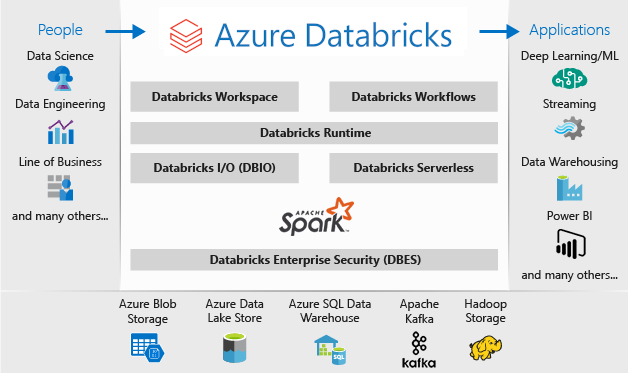Table of Contents
Introduction
In today’s fast-paced and dynamic technological landscape, software development, and IT operations have become more intertwined than ever before. To meet the ever-increasing demands of delivering high-quality software solutions efficiently, businesses have turned to DevOps—a methodology that has revolutionized the software development lifecycle.
Defining DevOps
DevOps is a collaborative and iterative approach to software development that aims to bridge the gap between development and operations teams. It emphasizes communication, integration, and collaboration between these traditionally siloed teams to achieve faster, more reliable, and high-quality software delivery.
DevOps combines cultural philosophies, practices, and tools to streamline the development, testing, deployment, and monitoring processes.
Core Principles of DevOps
a. Collaboration:
DevOps promotes cross-functional teams where developers, system administrators, quality assurance engineers, and other stakeholders work together seamlessly throughout the software development lifecycle.
b. Continuous Integration (CI) & Continuous Delivery (CD):
CI ensures that code changes are regularly integrated into a shared repository, allowing teams to detect issues early. CD enables automated and frequent software releases, ensuring faster time-to-market.
c. Infrastructure as Code (IaC):
By managing infrastructure through code, DevOps reduces manual configuration and enables automated provisioning, deployment, and scaling of resources.
d. Automation:
Automation plays a vital role in DevOps, reducing manual errors and repetitive tasks. It includes automated testing, build processes, and infrastructure management.
e. Monitoring and Feedback Loops:
Continuous monitoring and feedback provide valuable insights into application performance, user experience, and overall system health, allowing teams to make data-driven decisions for improvement.

Benefits of DevOps:
a. Accelerated Time-to-Market:
DevOps practices enable faster and more frequent software releases, reducing time-consuming manual processes and increasing deployment speed.
b. Increased Collaboration and Efficiency:
By breaking down organizational silos and fostering cross-functional collaboration, DevOps teams work together to achieve common goals, leading to improved efficiency and productivity.
c. Enhanced Software Quality:
With automation, continuous testing, and feedback loops, DevOps ensures early detection of issues, resulting in higher-quality software with fewer defects.
d. Improved Reliability and Stability:
The use of infrastructure as code and automation helps create consistent environments, reducing configuration errors and increasing system stability.
e. Scalability and Flexibility:
DevOps enables organizations to scale their infrastructure and applications easily, responding to changing business needs and fluctuations in user demand.
Implementing DevOps
Successful DevOps implementation involves cultural, organizational, and technical aspects. It requires buy-in from management, fostering a culture of collaboration, and embracing automation and tooling. Key steps include:
a. Assessing the current state of your organization’s development and operations practices.
b. Identifying areas for improvement and establishing goals.
c. Defining a roadmap for implementation, including training and upskilling teams.
d. Implementing automated tools and technologies to support collaboration, CI/CD, and monitoring.
e. Continuously measuring and optimizing DevOps processes through feedback and data analysis.
Also, read Big Data































Comment on “DevOps – Definition, Benefits, Implementation & more”
Comments are closed.